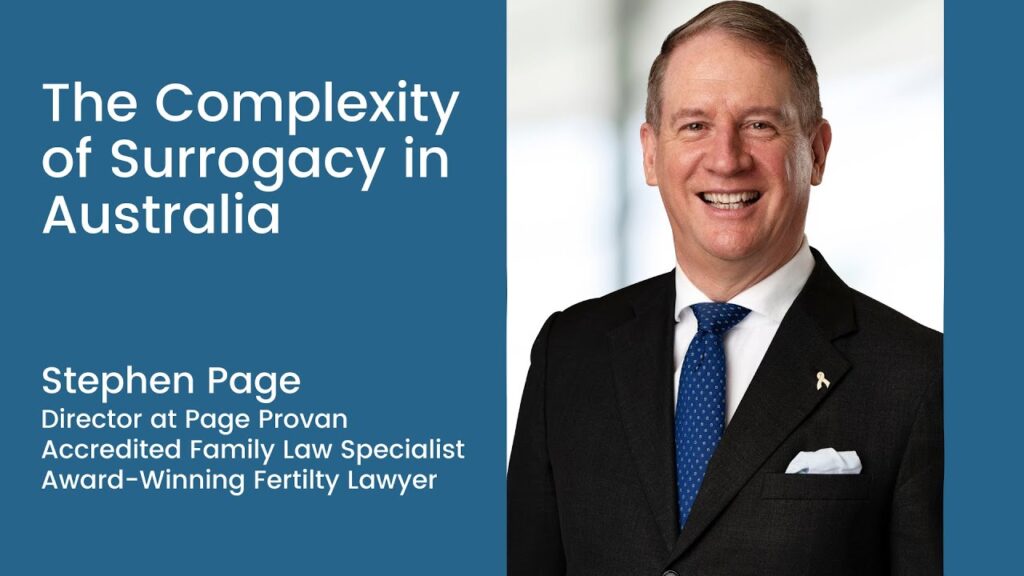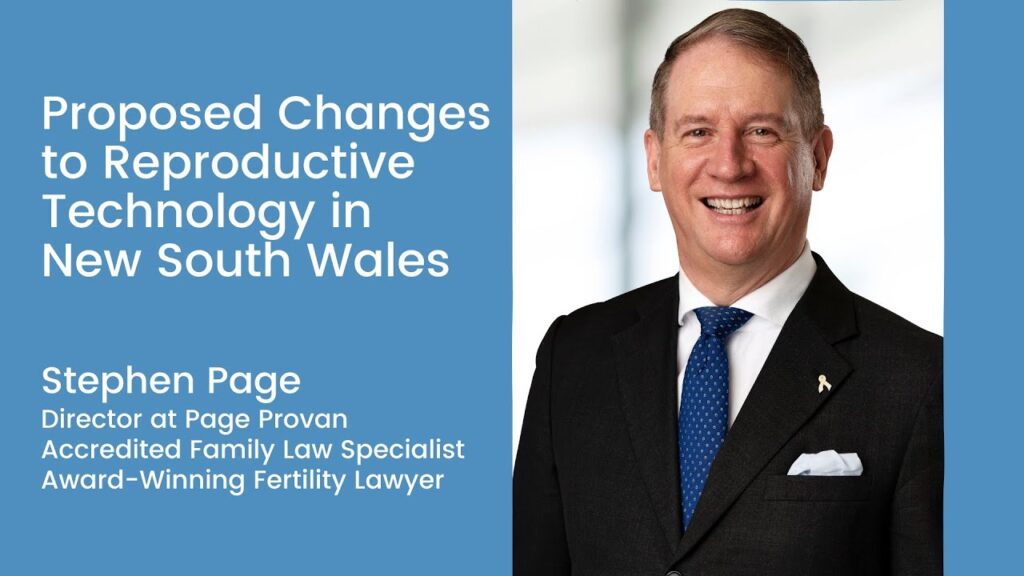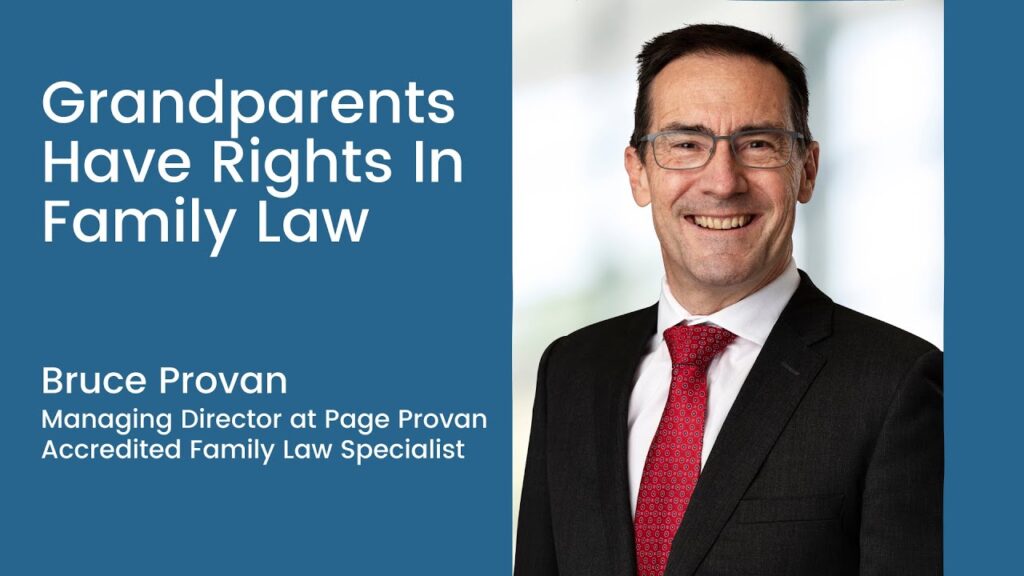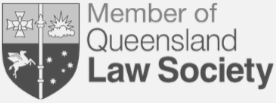Getting to the US and back
Today I was asked the $64 million question: if we start our surrogacy journey to the US now, will we get there and be able to bring our baby back? Quite simply the answer is yes.
When travel restrictions started two years ago, I was of the view that intended parents would still be able to get to the US (or Canada) and bring their babies home- but the journey would be slower, harder and costly. It would still be doable.
While travel conditions next year are impossible to predict, they are unlikely to be worse than now. Now that we have had a couple of months of travel to and from with the pandemic, it is possible to realistically see what lies in store for intended parents.
Creating embryos
The American Society for Reproductive Medicine, like the Fertility Society of Australia, has advocated the gradual reopening of IVF clinics. IVF is currently being undertaken again in the US. This should not hold up the process.
Matching with the surrogate
I am not aware of any new delays with matching. I have been asked by clients- should I sign an agreement now or wait until the pandemic is over? On the principle that a bird in the hand is worth two in the bush, my view is to sign now. You won’t know how big the queue will be after the pandemic is over.
Leaving Australia
As seen in my post Getting out of here, getting out of Australia is difficult but not impossible. All of my clients to date have managed to leave- but not all on time, and not all on the first attempt.
Flying there
Until recently there have been only two ways to fly to the US:
– United Airlines from Sydney/Melbourne to San Francisco.
-Qatar Airlines via Dohar.
Recently Emirates has recommenced flying from Sydney and Melbourne.
Qantas remains suspended until the end of July.
Arriving in the US
Intended parents travelling to the US will either rely on an ESTA (visa waiver) or occasionally obtain a B1 visa. I am told that ESTA issuance is suspended. I was told that those landing in the US would still face the discretion of the US government officer at the port of arrival as to whether or not they could enter the US. Experience from my clients has taught me that, instead, they have been able to enter unimpeded, though one unfortunate client was briefly detained on arrival and questioned- then warmly welcomed to the US once surrogacy was explained.
Attending at the birth
Rules vary hospital by hospital as the pandemic continues about whether a parent can attend the birth.
Coming home
In the past, Australian intended parents typically obtained paperwork in this order:
– court order that they are the parents (though in some places post-birth)
– birth certificate
-US passport for the child
-Australian electronic travel authority (for the child to travel as a US tourist)
This approach has hit two snags:
1. US passports are not being issued except in life and death cases (and surrogacy is not one of those, apparently)
2. Australia is not issuing electronic travel authorities.
There have been unconfirmed reports that Australia is not issuing tourist visas to these babies. Instead, Australian intended parents have been seeking Australian citizenship for their babies- and it being granted in as little as 1 to 5 days.
In some places there have also been delays in the issue of court orders and birth certificates.
Arriving in Australia
NSW authorities have permitted parents and their newborns to keep flying interstate to get home. Clients who were flying back to WA were allowed to self-isolate for 14 days at home. Clients flying back to SA had to do so in government quarantine.
Clients landing in Brisbane sought exemption from the 14 government quarantine on compassionate grounds- on the basis that they would be spending 14 days self-isolation at home. This was refused. However, parents with new born twins were allowed the exemption.
Finally, words of warning
In some parts of Australia- ACT, NSW, Qld, SA and WA it is or may be a criminal offence to engage in commercial surrogacy overseas. It is important to get good legal advice before embarking on the journey to make sure that you are not committing an offence. The assumption that all surrogacy in the US is commercial surrogacy is not accurate.












